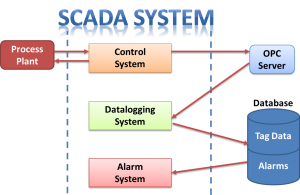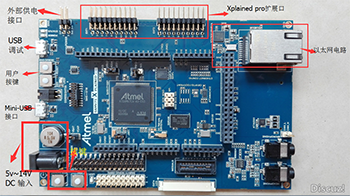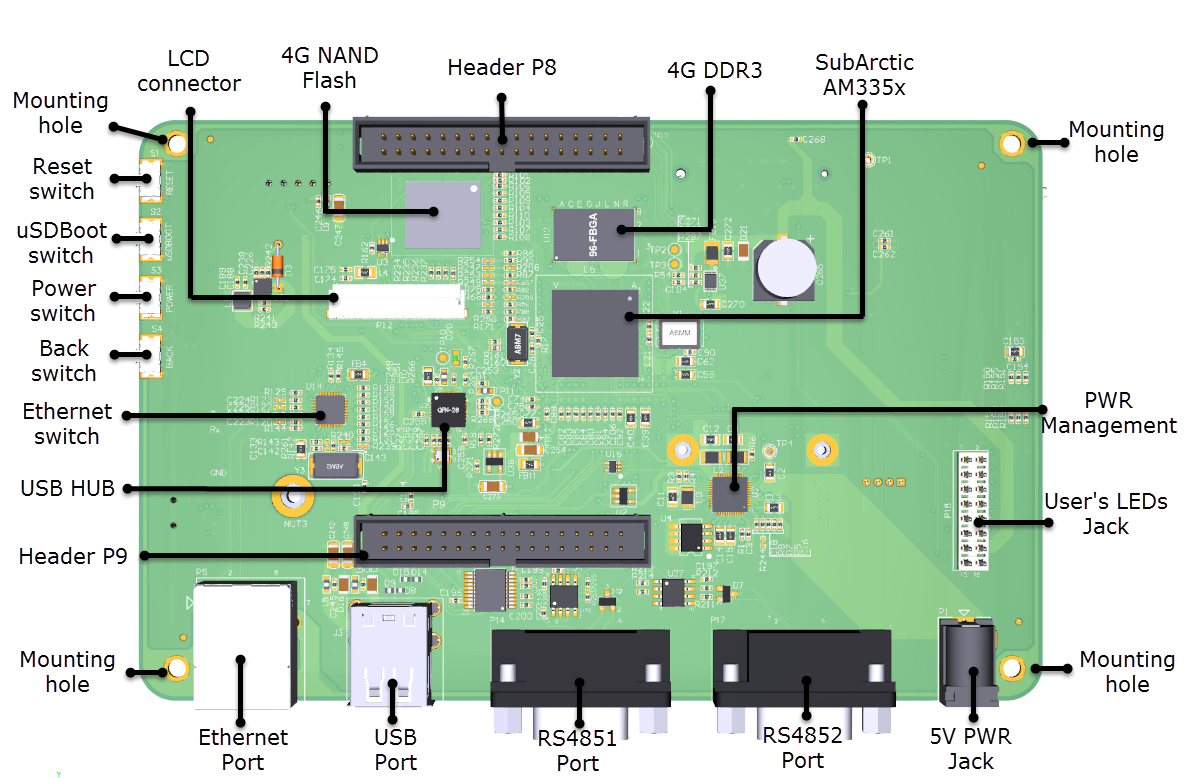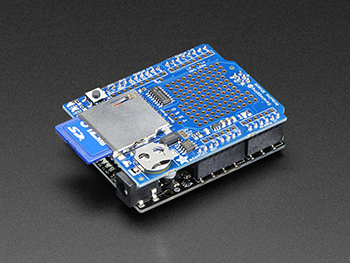What is SCADA system ? its Application in IoT Projects
SCADA projects and system
In this article, our Industrial Automation and IoT developers have helped us understand various features of a SCADA system PLC RTU and what are its applications in Home and Industrial automation based IoT projects.
We will also share brief information about technologies, frameworks and platforms that power a fully-functional SCADA system.

What is a SCADA software system? – An Introduction
SCADA stands for Supervisory Control And Data Acquisition. SCADA software system is a device monitoring and controlling framework. The supervisory control includes, taking action and control through remote locations for various control mechanisms and processes.
Various kinds of data can be acquired from network of devious (connected through wireless/wired communication systems) for storage, processing and analytics to aid decision making.
Frontend of a SCADA system PLC RTU is a graphical user interface (GUI/UI).
In a nutshell, a SCADA software solution is a real time monitoring, supervision and control system from remote and/or local physical location.
How does The SCADA software system work:
Let’s try to understand the functional blocks of a SCADA project based IoT system, with the help of the simplified IoT framework as shown above
- The User Interface(UI) of Mobile App or Web based dashboard represented above is the HMI of the SCADA system.
- This, along with the backend business logic, database (cloud server) and a Gateway constitutes of a SCADA solution for control and monitoring of devices in an IoT network.
- The IoT gateway ensures compatibility between IoT sensor network and cloud server. Through the gateway, the sensor data is stored in the cloud server.
- The cloud server is the hosting spot for the algorithms that implement the business logic.
- The sensor unit detects the change in the environment like change in temperature, sound and also acts as a data accumulating unit.
There can be a number of devices or machines connected within a SCADA solution based IoT project. For an instance, in case of home automation system, various home appliances such as AC, lights, refrigerator can be a part of connected smart home.
Hence SCADA solution is an intelligent software system with an intuitive UI (for data representation) connected with cloud server for data processing and predictive and descriptive analysis.
Usually Acura8mm, Embedded Linux boards, Embedded boards, Embedded single board system, Embedded cellular modem perform the low level tasks.
Read more about this






